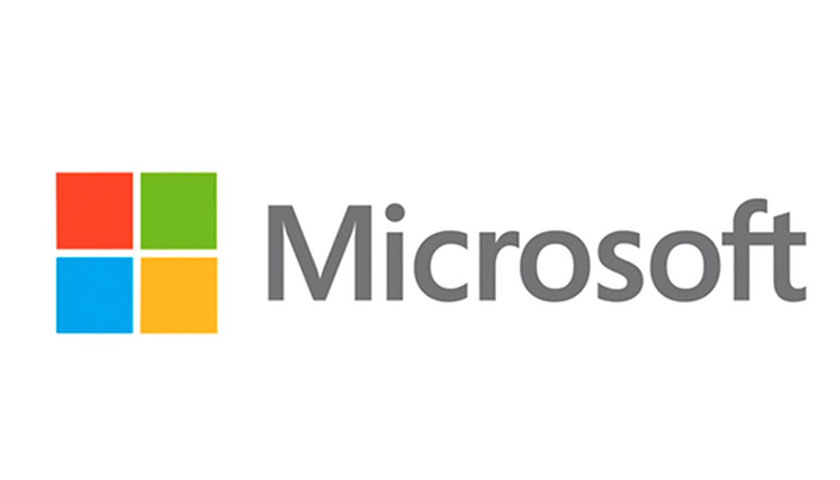This summer, Microsoft released their Datacenter Community Pledge, detailing their commitment to the local economies and communities in which we operate our datacenters. Protecting local watersheds is an important part of this pledge—especially in areas where water stress is growing.
Beginning in August 2024, Microsoft launched a new datacenter design that optimizes AI workloads and consumes zero water for cooling. By adopting chip-level cooling solutions, we can deliver precise temperature control without water evaporation. While water is still used for administrative purposes like restrooms and kitchens, this design will avoid the need for more than 125 million liters of water per year per datacenter.

Zero-water evaporation and the quest for ultra-low Water Usage Effectiveness
These new liquid cooling technologies recycle water through a closed loop. Once the system is filled during construction, it will continually circulate water between the servers and chillers to dissipate heat without requiring a fresh water supply.
They measure water efficiency through Water Usage Effectiveness (WUE), which divides total annual water consumption for humidification and cooling by the total energy consumption for IT equipment. They are continually investing in improving the design and operation of our datacenters to minimize water use. In their last fiscal year, our datacenters operated with an average WUE of 0.30 L/kWh. This represents a 39% improvement compared to 2021, when they reported a global average of 0.49 L/kWh. This WUE reduction is due to ongoing efforts to actively reduce water wastage, expand operating temperature range, and audit their data center operations. They also expanded the use of alternative water sources, such as reclaimed and recycled water, in Texas, Washington, California, and Singapore.
Microsoft have been working since the early 2000s to reduce water use and improved their WUE by 80% since the first generation of datacenters. As water challenges grow more extreme, the compant know they have more work to do. The shift to the next generation datacenters is expected to help reduce the WUE to near zero for each datacenter employing zero-water evaporation. As the fleet expands over time, this shift will help reduce Microsoft’s fleetwide WUE even further.

Mitigating energy impacts
Traditionally, water has been evaporated on-site to reduce the power demand of the cooling systems. Replacement of evaporative systems with mechanical cooling will increase our power usage effectiveness (PUE). However, the latest chip-level cooling solutions will allows Microsoft to utilize warmer temperatures for cooling than previous generations of IT hardware, which enables the company to mitigate the power use with high efficiency economizing chillers with elevated water temperatures.
The result is a nominal increase in our annual energy usage compared to their evaporative datacenter designs across the global fleet. Additional innovations to provide more targeted cooling are in development and are expected to continue to reduce power consumption.
Pilot projects and implementation
Although the current fleet will still use a mix of air-cooled and water-cooled systems, new projects in Phoenix, Arizona, and Mt. Pleasant, Wisconsin, will pilot zero-water evaporated designs in 2026. Starting August 2024, all new Microsoft datacenter designs began using this next-generation cooling technology, as we work to make zero-water evaporation the primary cooling method across our owned portfolio. These new sites will begin coming online in late 2027.
Advancing sustainability: Sustainable by design
Learn more about how Microsoft is advancing the sustainability of cloud and AI through our blog series:
- Sustainable by design: Advancing the sustainability of AI
- Sustainable by design: Transforming datacenter water efficiency
- Sustainable by design: Innovating for energy efficiency in AI, part 1



